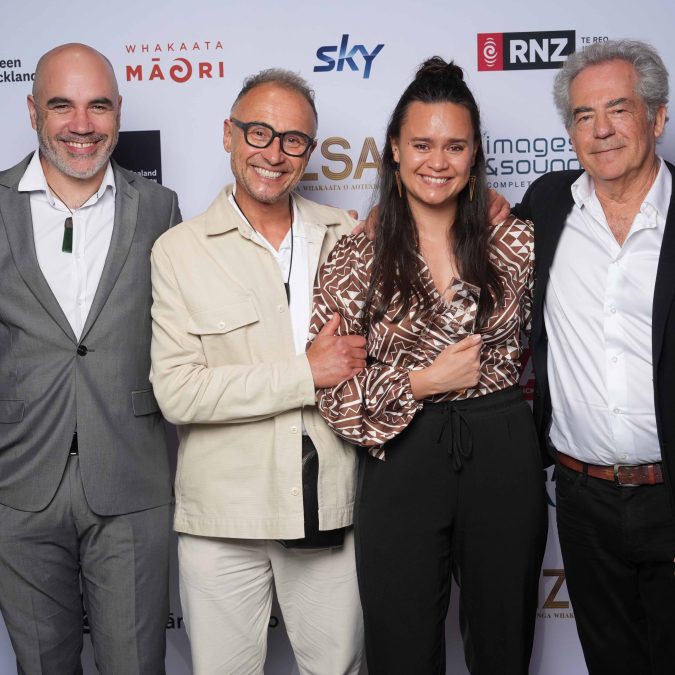What does the future of digital performance marketing look like?

The future looks bright for the world of digital performance marketing, as leaders in the industry come together to discuss the potential it has in this space. However, while it might be promising, how does the industry actually get there?
On a morning in the heart of Auckland, a panel discussion convened featuring three prominent leaders in the field of digital performance marketing. The conversation centred exclusively around the nitty gritty of digital performance marketing and its impact on the industry.
Executive Creative Director at TRACK Tribal, Haydn Kerr, Chief Technology Officer at PHD, Rachel Bayfield and Head of Digital Performance at ANZ, Dave Gascoigne, came together to discuss how the industry can reach its potential, and the answer is focusing on the here and now.
A form of marketing driven by numbers, results can seem overwhelming and scary – but for companies such as ANZ, it is very much necessary.
For Gascoigne, this form of marketing works well for the company as the team can look at results and data and work their strategy around this.
“The beautiful thing about the performance layer is its instant feedback. You know if it’s working. If it’s not, you can tweak it, you can change it,” says Gascoigne.
As Executive Creative Director of TRACK Tribal, Kerr has been waiting for the industry to catch up to this digital landscape for a very long time, and to start putting effort where the audience’s attention is now.
Read more: Opinion: Why we all need to stop using the word user. Like, now
“As an industry, we’re a bit slow to catch up with the audience. So, what I’m starting to see is that we’re finally putting creativity into this area of marketing and giving it the same levels of craft and care that ATL has traditionally seen. It doesn’t need to be boring or formulaic. It can be bold and disruptive and get customers to act immediately,” says Kerr.
Now the industry has caught up to audiences, the next thing to do is work towards the future.
Bayfield predicts that in the next 12 to 18 months, a wave of complexity surrounding measurement for digital performance marketing is still to come with the likes of attention metrics and sustainability metrics becoming a main focus.
Currently, there is a lot of work going into attention metrics, but Bayfield believes soon marketers will need to start focusing on aspects such as attention factors.
As for sustainability metrics, as more and more companies head for the carbon zero approach, companies and marketers will need to begin layering this on to their work.
These two aspects will quickly become the basis of performance marketing and will be a major part of decision making.
“Efficiency is a really big part of what we talk about when we talk about performance marketing, so, we might have some interesting conversations in the next 12 to 18 months about efficiency but at what cost,” Bayfield says.
Despite all this talk about the future, Gascoigne says that for businesses following a digital marketing performance strategy, it is best to think about the present.
“Businesses are going to get more value out of optimising the here and now rather than looking too far into the future.”




